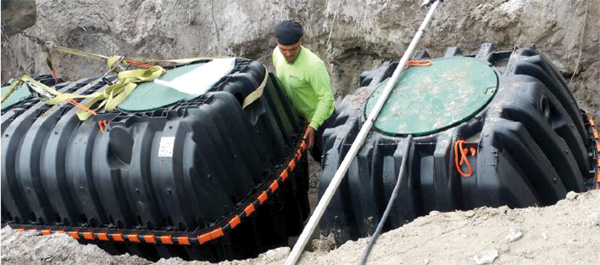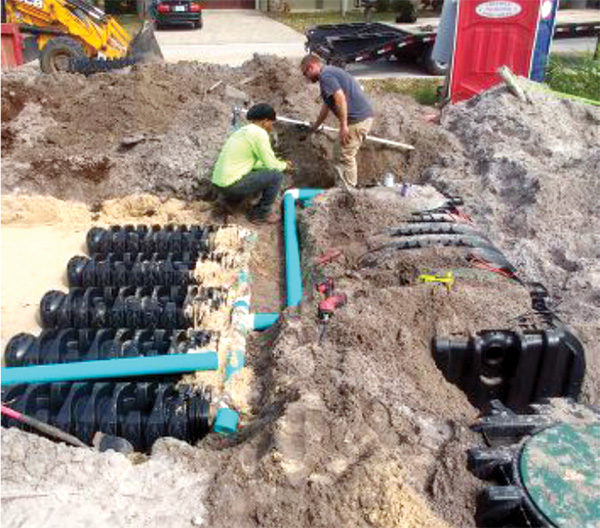‘Save Our Indian River Lagoon’ Program Combating Polluted Groundwater Before it Enters the Lagoon
By Space Coast Daily // December 19, 2020
one contributor to the decline of the Lagoon remains hidden below ground: Septic systems

Save Our Indian River Lagoon Program (SOIRL) taking aim at major sources of water pollution
BREVARD COUNTY, FLORIDA – It’s no secret, the Indian River Lagoon is fighting a tough battle. Algae blooms plague these waters nearly every year, harming seagrass beds, fish and wildlife. The water becomes too dark for seagrasses to grow and low oxygen suffocates fish.
But Brevard County has stepped up to the plate. The Save Our Indian River Lagoon Program (SOIRL), funded by the voter-approved half-cent sales tax initiative, is taking aim at major sources of water pollution.
Besides the obvious detractors of lagoon health (pollutant-oozing muck, stormwater, and fertilizer overuse) one contributor to the decline remains hidden below ground: Septic systems.
While some septic systems pose little threat to the lagoon, those close to any open waterway and systems placed too close to groundwater are no good. The sandy soils beneath Brevard allow partially treated household wastewater to trickle down to the underground river of groundwater which eventually enters
the lagoon.
So, what is the County doing about this covert threat?
“We’ve targeted the most polluting properties throughout the Lagoon watershed to connect to the sewer or upgrade to advanced treatment septic systems,” said Matt Badolato, the newest Environmental Specialist with Brevard County’s SOIRL Program.
“We’re also looking into the use of passive nitrogen-reducing biofilters.”

Passive, in-ground nitrogen-reducing biofilters, or INRBs, Badolato explained, are a layer of special material installed beneath septic drain fields that help reduce the amount of nitrogen that reaches the groundwater below. Nitrogen, it turns out, is a big problem.
“The lagoon is like a big version of your home fish tank,” Badolato said.
“If you have too much fish poop, uneaten fish food, or dirty gravel you’ll start to see the water cloud up and grow algae along the sides. Well, a similar process plays out in the lagoon. Nitrates from the decomposition of human sewage—like their fishy equivalent—fertilize algae blooms in the lagoon.”
Groundwater is essentially an underground river. The INRB layer interrupts the flow of nitrogen-rich sewage before it hits groundwater.
Beneficial bacteria living in the INRB layer break down nitrate into harmless nitrogen gas.
“At present, wood chips are the only certified material acceptable for use in these passive nitrogen reducing layers,” said Badolato.
“But wood chips tend to decay quickly as their carbon is utilized by bacteria at work. We’re working with the Florida Department of Health, the Florida Department of Environmental Protection and environmental businesses to certify INRB materials that will work for decades and not decay.”

The goal is to create affordable ways for property owners to upgrade their current — possibly failing — drain fields and septic systems to meet new guidelines for nitrogen reduction.
If site plans allow the installation of an INRB layer, a property owner would be able to meet nitrogen-reduction values at a lower cost than current advanced treatment septic systems which utilize pumps or aerators and require more maintenance.
“We have installed six systems with these innovative drain fields and will be monitoring the groundwater for one year,” Badolato said.
“If the samples show a drop in nitrogen concentration as it passes through the layer, we’ll certify new materials to use which will help the lagoon and help lower the cost for homeowners who must comply with septic restrictions. It’s a win-win for the lagoon and the people who enjoy living near it.”
For questions or more information about septic in Brevard or Brevard County’s Save Our Indian River Lagoon Project, email Matt Badolato at matthew.badolato@brevardfl.gov












